Heroic Tai’erzhuang is an ancient canal city in China.
The Beijing-Hangzhou Grand Canal connects northern and southern China. Tai’erzhuang was established right by the canal, making it an important town with easy water and land access. In its prime, Tai’erzhuang was hailed“Best Village (zhuang) in China” and was enlivened by the hustle and bustle of merchants. Lamps lit up the boats, songs could be heard miles away and the market was open throughout the night.
The canal also presented a legend at contemporary times. In the spring of 1938, the wide and perilous canal and the impenetrable city walls provided a strong defence for the Chinese army to fight against the Japanese aggressors. A great victory was achieved in Tai’erzhuang that shocked the world and made Tai’erzhuang an unconquerable fortress for the Chinese nation.
The construction of Tai’erzhuang Ancient City started in 2008 and was opened in 2016, covering an area of 2 square kilometers. Following the principles of“preserving, restoring, promoting and utilizing history”, Tai’erzhuang Ancient City restored“one hundred temples, one hundred museums, one hundred industries and one hundred crafts”. Through these efforts, it was rated as“pioneering project in the history of ancient city protection” and“charting a trajectory of ancient city protection with Chinese characteristics”. The city has more than 15-kilometer-long water streets and alleyways, 218 exquisite courtyards and 1,088 individual buildings, ten themed blocks and more than 40 cultural venues. It is a famous Anti-Japanese War city with the largest number of World War II relics in Asia and world cultural heritage value. The 3-kilometer ancient canal section has been selected as a World Cultural Heritage site.
The ancient town of Tai’erzhuang tops the list of“New Cultural Landmarks of Shandong”, and has been identified as the first cross-Straits exchange base in China, the first national cultural heritage park, a national 5A tourist attraction, and a historical and cultural street block of Shandong Province. It has also become a new benchmark for the integration of culture and tourism in Shandong.
Today, the prosperity of the rebuilt ancient city is readily seen and the war becomes history for this place, revealing dreamlike beauty. There are authentic ancient shops, dwellings and wharves preserved from the Ming and Qing dynasties. It is home to the charming Liuqin opera and the grand canal drum. It blends water towns and villages and integrates northern China’ vastness and southern China’s grace. The beauty is breath-taking.
“My hometown, Taiya-Tai’erzhuang; lush mountains, clear rivers, good scenery, scenery...” A lovely tune wafts from the depths of the water-surrounded alley. A paddle boat comes with glimmering lamplight and the sound of oars splashing water. A girl rows a boat with a scull. The Grand Canal travels through the city, creating a dreamland. This is a place where you can chase your dream.
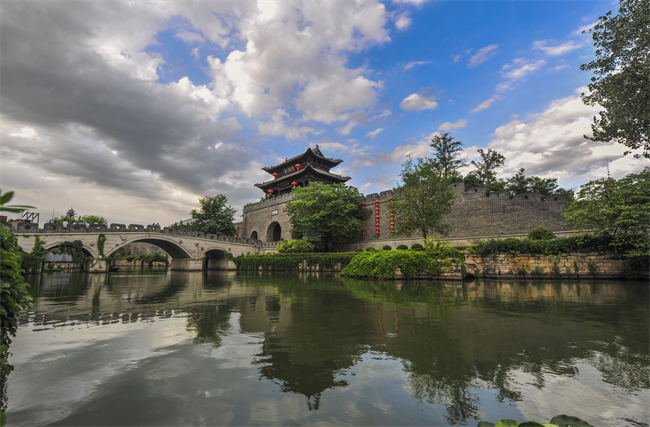

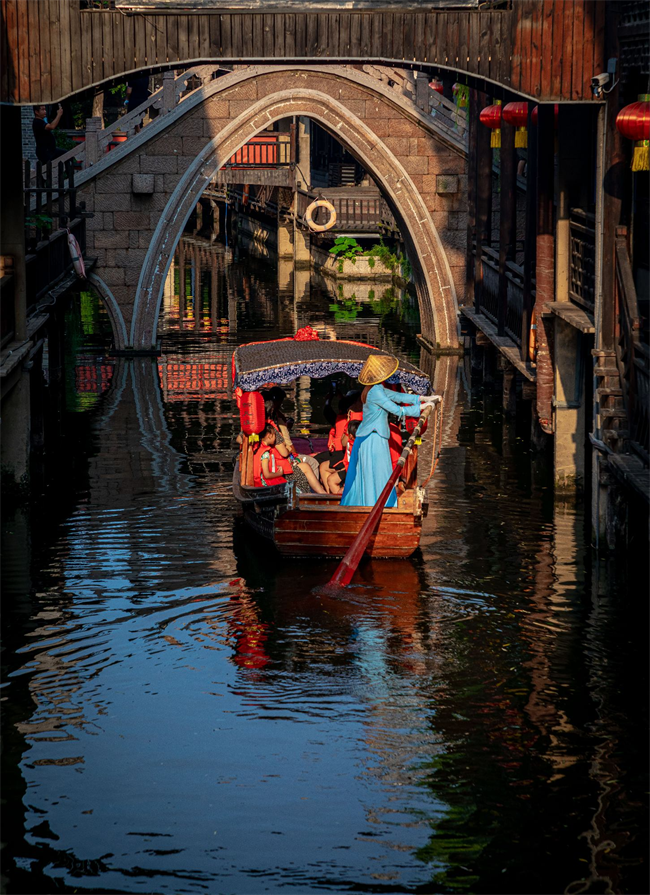
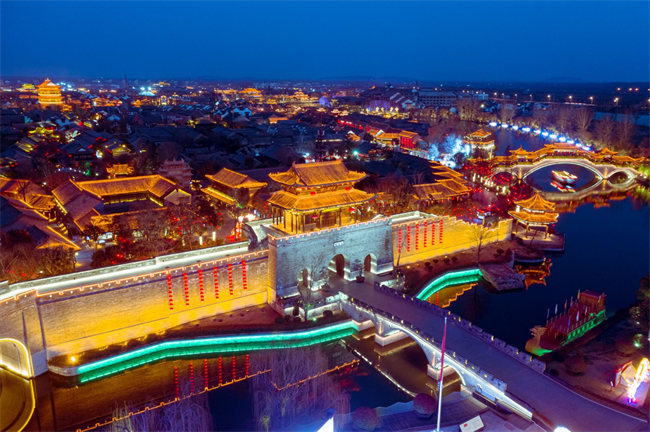
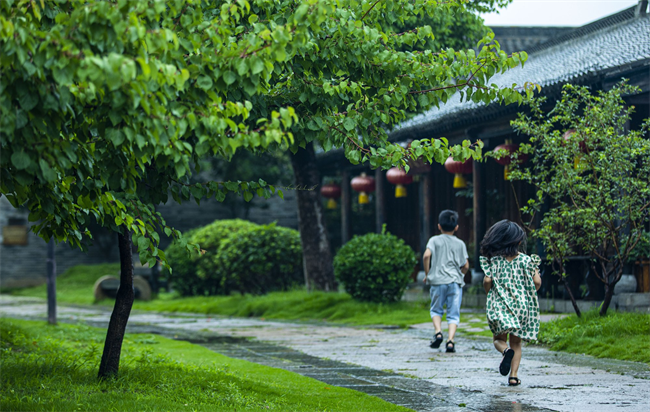
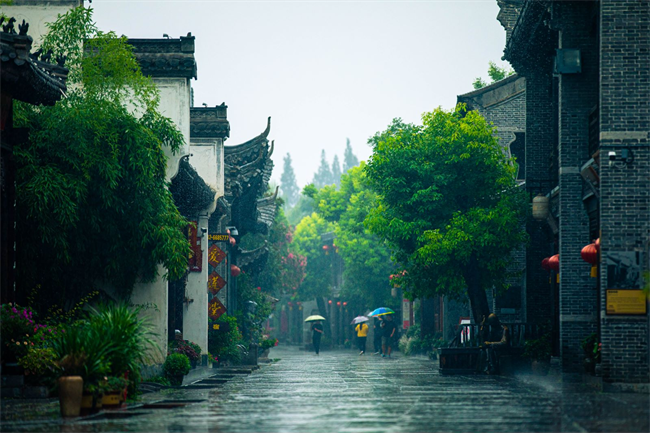
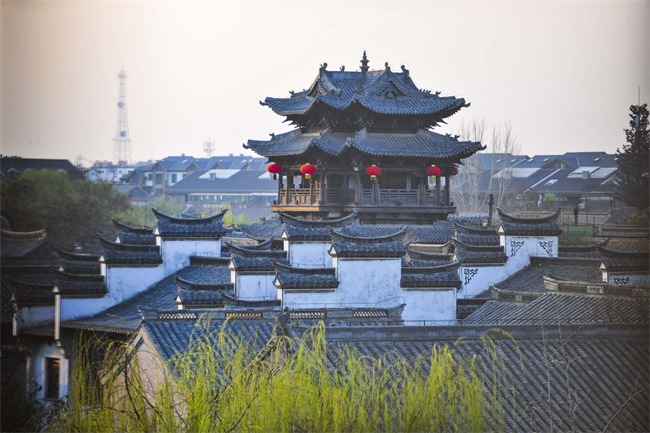
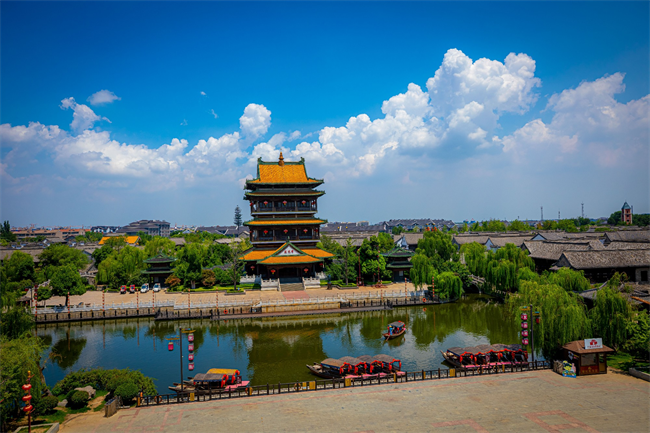
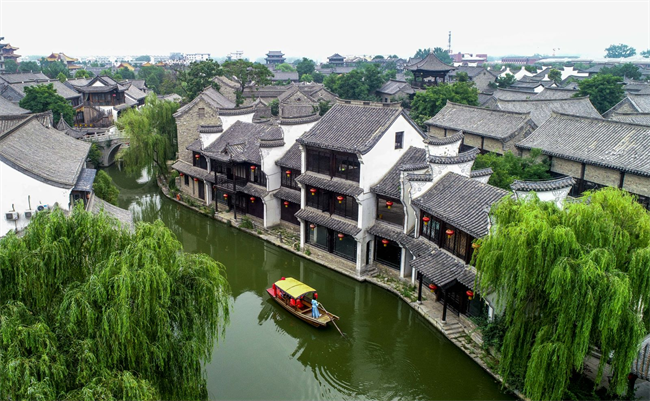
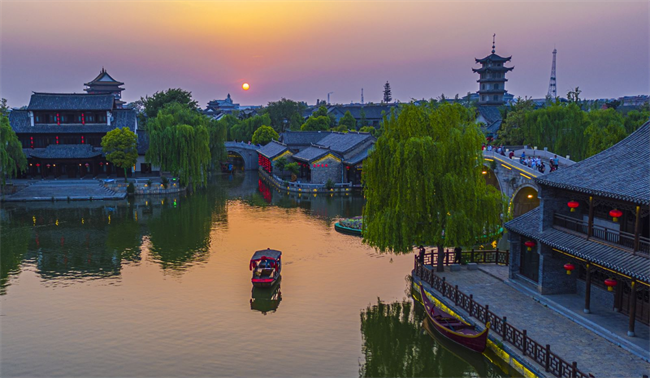
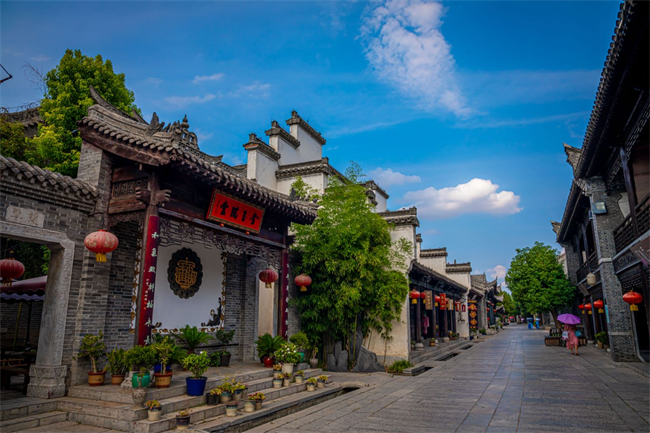
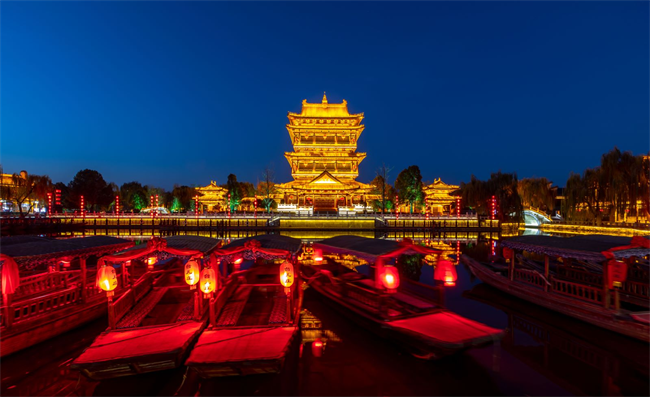
(Photo/chinakongzi.org)





